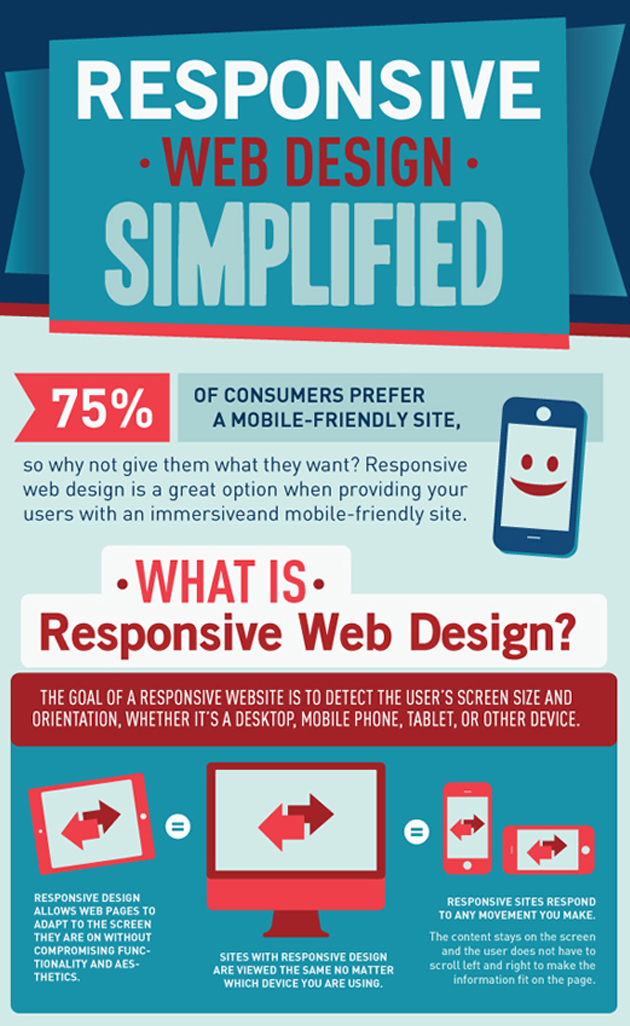Interested In Finding Out How Website Layout Has Changed For Many Years? Explore The Trip
Interested In Finding Out How Website Layout Has Changed For Many Years? Explore The Trip
Blog Article
Write-Up By-Rasmussen Peters
In the past, sites were basic and focused on info. Navigating was straight, and design was for desktops. Now, user experience is key. Information overviews designs for very easy navigating. Responsive layouts fit different tools. Today, dark mode lowers strain, and minimal menus enhance navigating. Interactive attributes involve individuals, and bold visuals stand out. AI assimilation enhances engagement. See exactly how style has progressed to enhance your on-line journey.
Early Days of Website Design
In the very early days of web design, simpleness preponderated. Sites were basic, with restricted colors, fonts, and layouts. The focus was on giving details as opposed to fancy visuals. visit my web site accessed the web with slow dial-up links, so speed and capability were essential.
Navigation food selections were straightforward, usually located at the top or side of the page. Web sites were made for home computer, as mobile surfing had not been yet prevalent. Material was king, and designers focused on simple readability over complicated style elements.
HTML was the key coding language utilized, and developers had to function within its constraints. Computer animations and interactive features were very little compared to today's standards. Internet sites were static, with little dynamic material or tailored user experiences.
Increase of User-Focused Layout
With the advancement of web site layout, a change in the direction of user-focused design concepts has actually come to be significantly popular. Today, creating web sites that focus on customer experience is critical for engaging site visitors and attaining service objectives. User-focused style includes understanding the needs, preferences, and behaviors of your target market to customize the website's layout, content, and includes as necessary.
Designers currently conduct comprehensive research study, such as user studies and usability testing, to gather understandings and responses straight from users. This data-driven strategy helps in producing intuitive navigation, clear calls-to-action, and aesthetically appealing interfaces that reverberate with visitors. By putting the individual at the center of the style procedure, sites can deliver an extra customized and enjoyable experience.
Responsive style has actually also emerged as a vital aspect of user-focused style, making sure that sites are optimized for numerous tools and screen dimensions. This versatility improves ease of access and functionality, catering to the varied methods users communicate with websites today. Fundamentally, the increase of user-focused design signifies a change towards producing electronic experiences that prioritize the requirements and assumptions of completion customer.
Modern Trends in Website Design
Check out the latest trends forming web design today. One noticeable pattern is dark setting design, offering a streamlined and modern appearance while decreasing eye stress in low-light atmospheres. An additional crucial fad is minimalist navigation, streamlining menus and improving user experience by concentrating on essential elements. Including micro-interactions, such as computer animated buttons or scrolling effects, can develop a more appealing and interactive site. Receptive design stays essential, ensuring smooth individual experiences throughout numerous devices. Additionally, utilizing vibrant typography and unbalanced layouts can add visual interest and accentuate details material.
Incorporating More Information and facts , like chatbots for customer support or individualized suggestions, enhances customer involvement and enhances processes. Availability has also become a considerable trend, with developers prioritizing inclusive layout methods to cater to varied customer requirements. Accepting sustainability by enhancing web site efficiency for rate and performance is one more arising fad in website design. Working together with individual comments and data analytics to repeat and enhance layout continuously is crucial for staying relevant in the ever-evolving electronic landscape. By welcoming these modern-day patterns, you can produce a visually appealing, easy to use website that reverberates with your audience.
Conclusion
As you reflect on the advancement of internet site design from the very early days to currently, you can see how user-focused layout has come to be the driving force behind contemporary trends.
Accept the journey of change and adaptation in web design, always maintaining the individual experience at the leading edge.
Keep present with the most recent patterns and innovations, and never ever quit developing your approach to develop aesthetically spectacular and user-friendly internet sites.
Advance, adapt, and create - the future of website design is in your hands.
